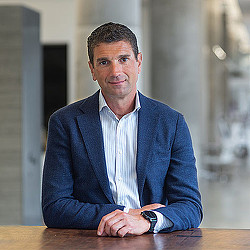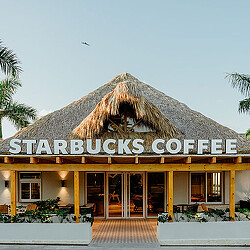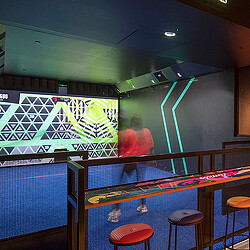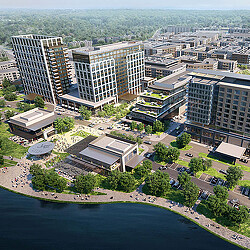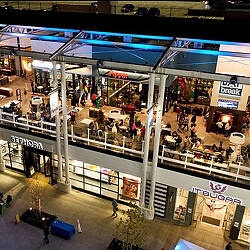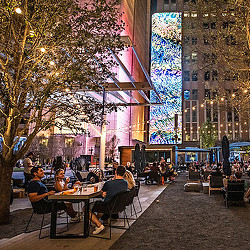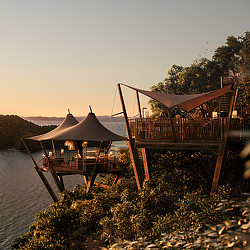Latin American Malls: The New Town Square
Malls across Central and South America are layered, experience-rich destinations that bring people together.
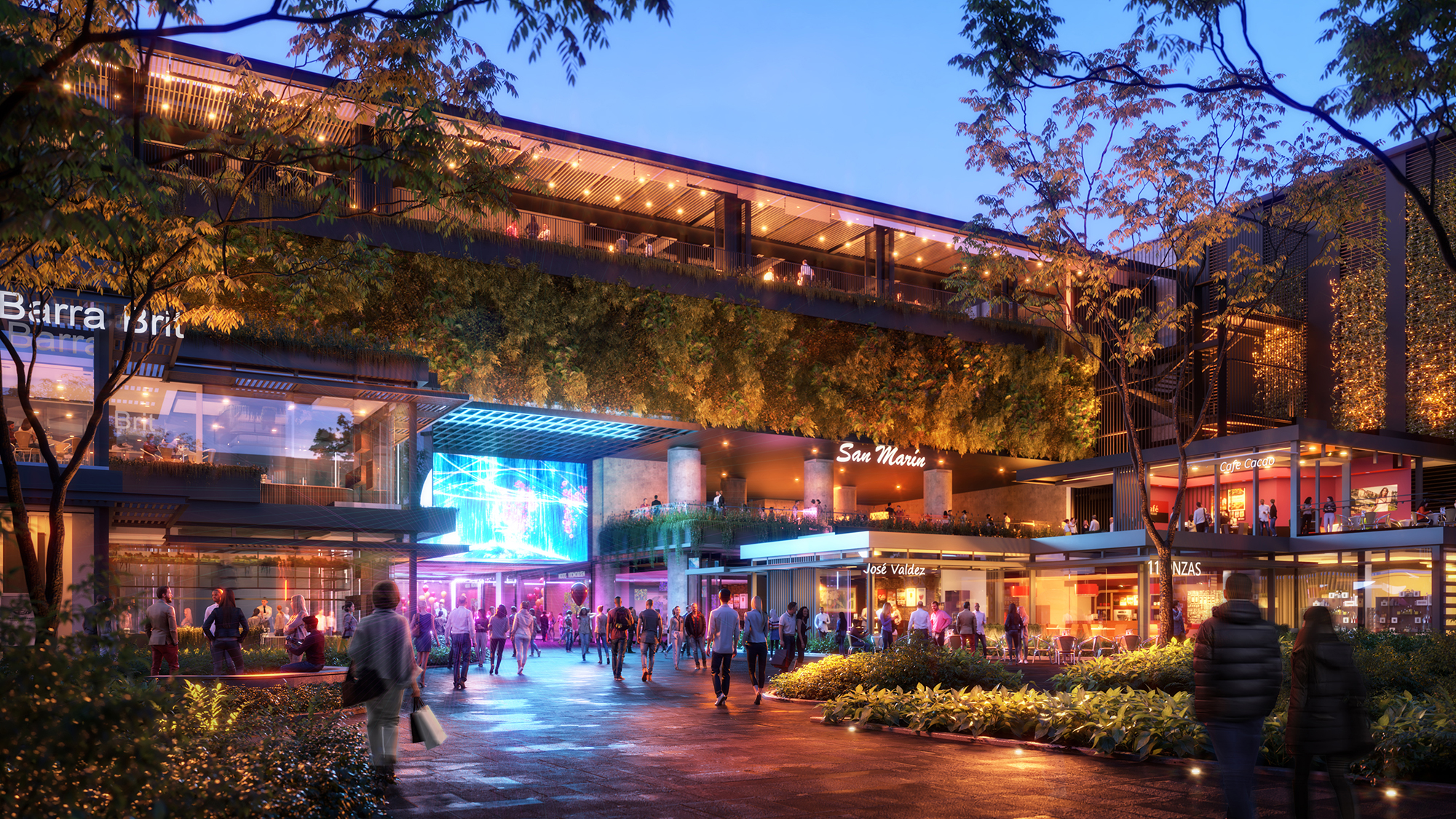
While there is ongoing discussion about how to repurpose aging malls in the United States, whether as housing or mixed-use developments, malls in Latin America offer a different approach for creating an engaging retail and community experience.
Unlike their North American counterparts, which were designed in the context of sprawling suburbs, Latin American malls are strategically placed within urban centers and accessible by public transportation or walking. This is not only for convenience; it’s about designing the mall as more of a bustling town square versus a primarily transactional site.
For example, the Megaplaza Lima Norte mall in Lima, Peru, is situated along a major bus route and serves as a central transfer station and meeting spot for the surrounding neighborhoods. Along with shops and transportation, malls like the Megaplaza often include amenities such as movie theaters, offices, pocket parks, and playgrounds, ensuring daily activation because there is something for everyone.
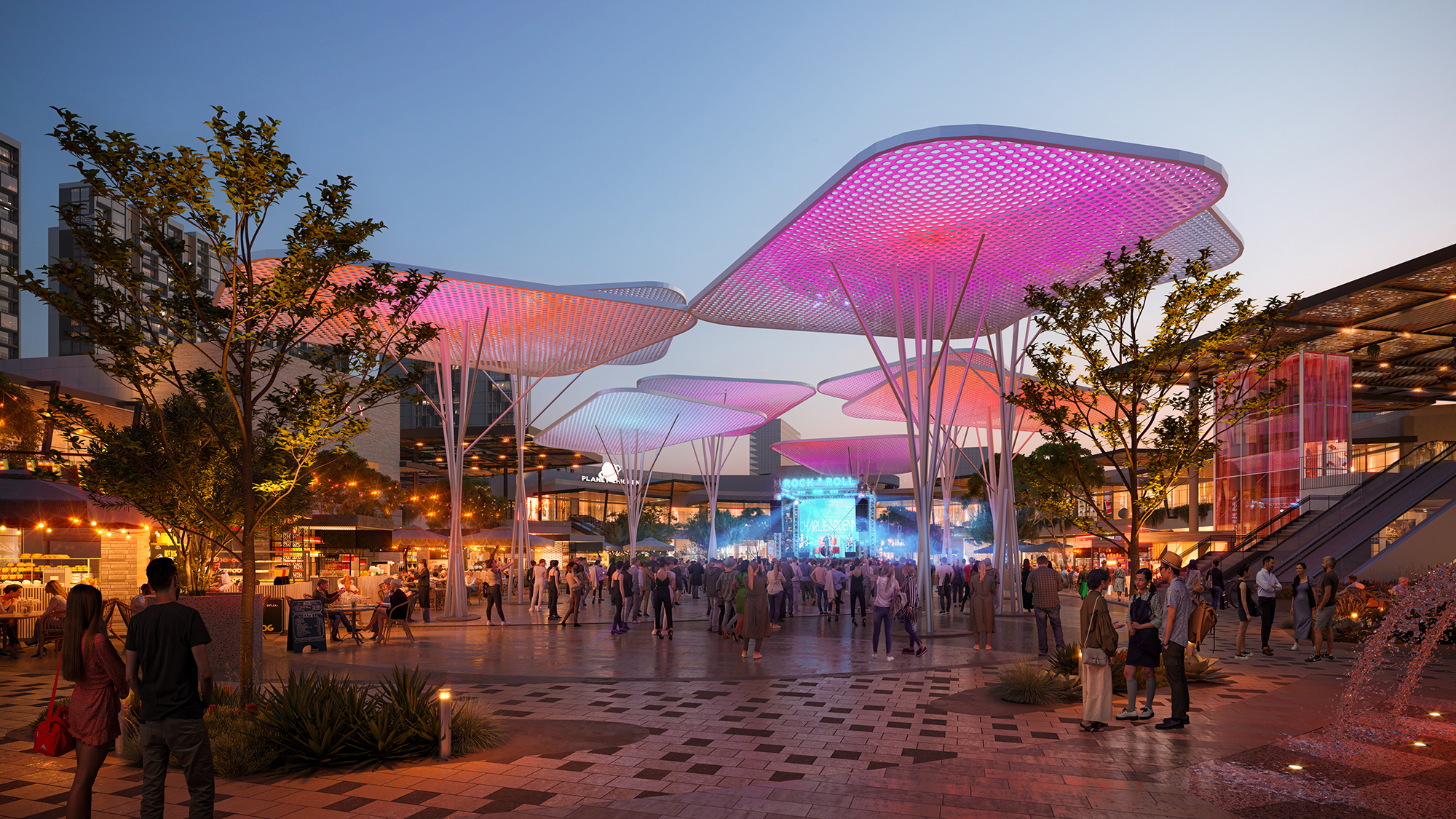
Here are three placemaking design strategies that make Latin American malls successful:
Biophilic Design: Bringing Nature Indoors
Latin American malls are leading the way in integrating biophilic design. Imagine strolling through a mall filled with natural light, plants, and the soothing sound of water. It’s an escape from the urban bustle to a place where you can relax and recharge.
These designs are not just beautiful, they also create healthier environments that promote well-being. The greenery provides natural ventilation, enhances indoor air quality, reduces energy consumption, and creates a more comfortable and sustainable shopping experience. In Guatemala, the Oakland Place mall includes a stunning, five-story green wall and lush pockets of green sprinkled throughout, ending in a park that frames the outdoor terraces of coffee shops and restaurants.
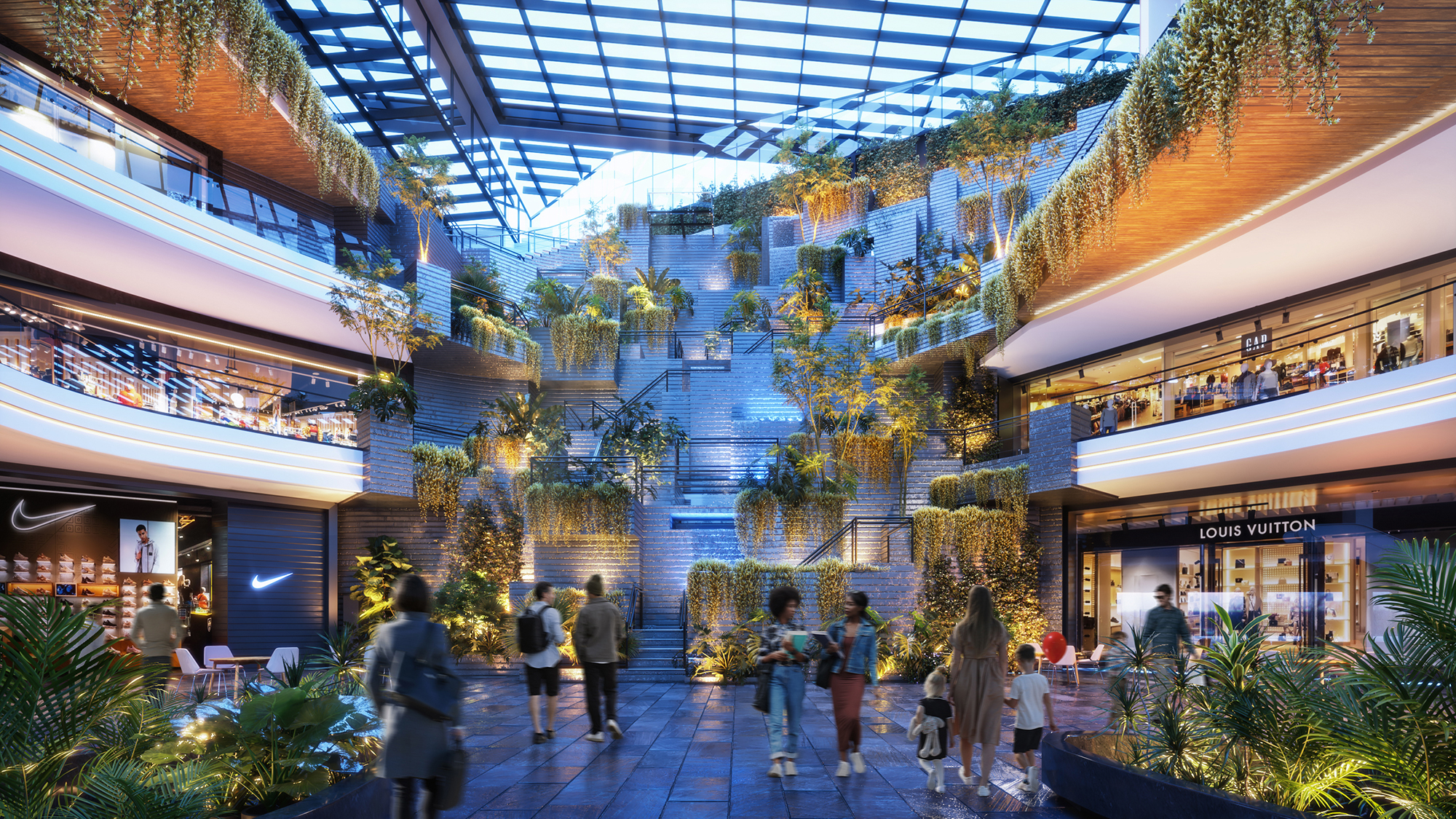
A Feast for the Senses: Experiential Retail at Its Best
From the moment you step into a Latin American mall, you are immersed in a vibrant, engaging scene that blends art, cuisine, music, and retail. The Miraflores Mall in Guatemala City, Guatemala, is built around an archaeological site and features artifacts from the Mayan city of Kaminaljuyú in the Museo de Miraflores. Entertainment zones, pop-up events, and other interactive activities break up the shopping experience and add an element of surprise. Dining is another highlight, with food courts that are destinations in and of themselves, along with rooftop restaurants that offer scenic views.
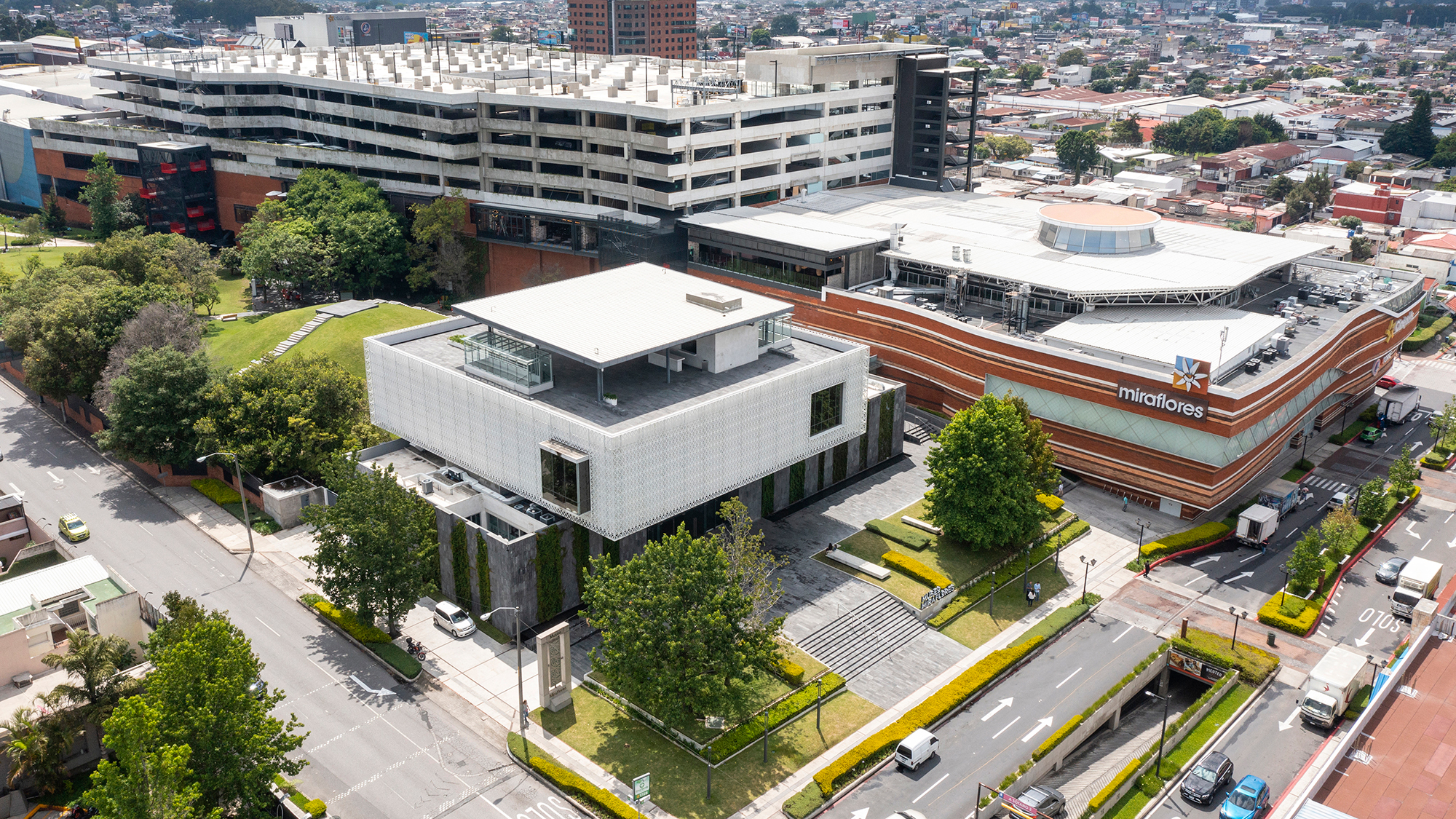
Vertical Brilliance: Maximizing Space, Experience, and Revenue
Latin American malls embrace verticality. This multi-story approach maximizes space, allowing for a diverse mix of programming within a smaller footprint. As they evolve, these malls are also starting to incorporate hotels, offices, and residences. On top of three floors of retail and restaurants, Quora in Bogotá, Colombia, features two residential towers, two office buildings, a hotel, and a theater. It is designed around a covered urban plaza connected to the main city park, Parque del Virrey.
Vertical mall design can generate more revenue per square meter because it allows for greater tenant density and the inclusion of premium retail spaces. The vertical layout of multi-story malls also creates opportunities for zoning retail categories by floor, improving customer navigation, and optimizing foot traffic. Fast fashion and high-end luxury brands might occupy the lower floors, while financial centers, food courts, and movie theaters are placed on upper levels to accommodate larger crowds. The inclusion of escalators, elevators, and atriums also enhances accessibility.
Even with the rise of e-commerce and the integration of new technologies like autonomous stores or online purchasing for in-store pick up, these malls are thriving and cementing their popularity as centralized commerce and cultural hubs. They prove that the future of retail lies in holistic, immersive experiences that prioritize people, community, and connection.
For media inquiries, email .
